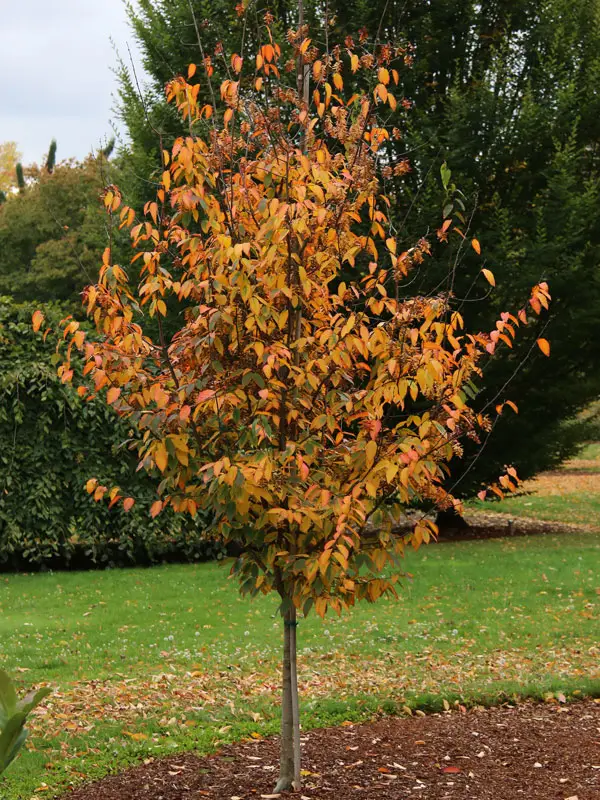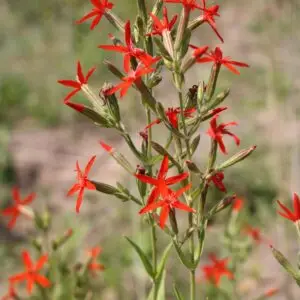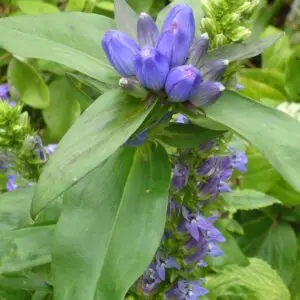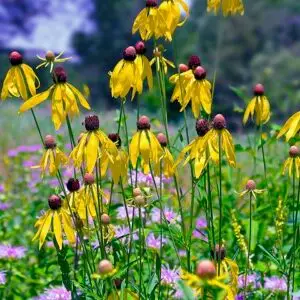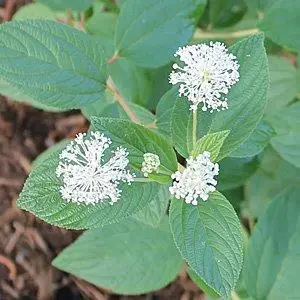| Size | Trade Gallons, Two Gallons, Three Gallons |
|---|
Carpinus caroliniana – Musclewood(BD.BW.DR.FC.H.M)
$25.00
Ecosystem Services:
(B)-Birds (B&B)-Birds & Butterflies
(BTF)-Butterflies (BW)-Black Walnut Resistant
(DR)-Deer Resistant (DRGHT)-Drought Resistant
(EC)-Erosion Control (EVR)-Evergreen
(FC)-Fall Color (FRG)-Fragrant
(GRD)-Groundcover (H)-Host plant
(HMR)-Hummingbirds (M)-Mammals
(MTH)-Moths (N)-Nectar
(NB)-Native Bees (NST)-Nesting Material
(OP)-Other pollinators (RR)-Rabbit Resistant
(SHWY)-Showy (SPC)-Specimen Plant
American hornbeam is a deciduous tree in the Betulaceae (birch) family native to the eastern U.S.A. It can be found naturally in areas with moist soil including streambanks, riverbanks, and maritime forests. The common name musclewood comes from the appearance of the smooth bark with bumps underneath resembling muscles.
This medium-sized tree may grow slowly 20 to 30 feet tall and 20 to 35 feet wide. The leaves are alternate with a doubly toothed margin and turn an attractive orange-red color in the fall. In early spring, yellow-green, male, and fuzzy, yellow-green, female flowers mature. The small tree produces a small, ribbed nutlet that is carried by a 3-lobed leafy bract. The American Hornbeam is a short, stubby tree with one or more trunks, each a foot wide and aesthetically pleasing. The bark is bluish-gray, thin, fairly smooth, and heavily fluted.
Use this adaptable tree in naturalized areas or along streams or ponds as well as in urban settings. This is a wildlife friendly tree perfect for a pollinator, children’s, or native garden acting as a larval host plant, food source for mammals and birds, and a cover plant. It is tolerant of drier sites, some sun, wind, and periodic flooding making it a candidate for a rain garden.
Plant in sandy or clay loams with high organic matter, regular moisture, and slightly acidic soils. Does well in heavy shade and is found as an understory tree in forests. It is difficult to transplant and best moved in spring. This plant is moderately resistant to damage from deer but is especially sensitive to drought, heat, and soil compaction.
Host plant for over 64 species including the Walnut Sphinx Moth, Purple Crested Slug, Red-spotted Admiral, and the Blinded Sphinx!
Amazing Fall Color!

